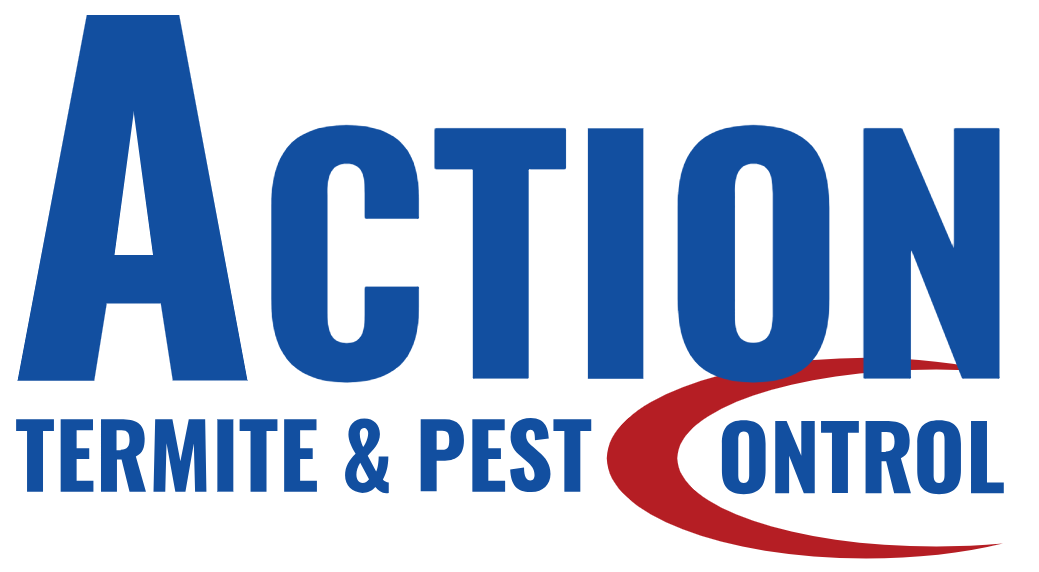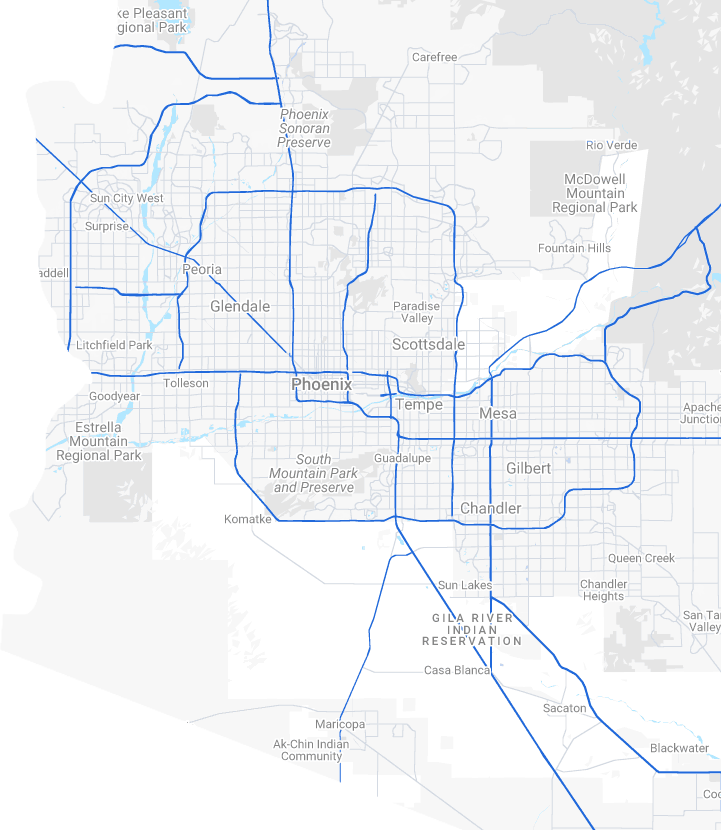Bed bugs are tiny bugs that can lay up to 500 eggs. This fact makes them a big problem. It’s key to know the signs early to stop a small issue from growing big.
There are three main signs to look for: bites on your skin, seeing bugs on your bed, and a certain smell. Catching these signs early is important. It helps stop the bugs before they spread too far.
Knowing these signs early can help a lot. It lets you act fast to get rid of the bugs. This way, you can keep their numbers low and their impact smaller.
Key Takeaways
- Early detection of bed bugs is critical to prevent major infestations.
- Look for bites on the skin, particularly in lines or clusters.
- Watch for visual evidence on bedding, such as blood stains and exoskeletons.
- A distinct, musty odor can indicate a bed bug presence.
- Recognizing these signs helps in timely intervention and control.
Understanding Bed Bugs
It’s important to know a lot about bed bugs to fight them effectively. Bed bug characteristics show they’re small, flat, and oval in shape, and a reddish-brown color. They hitchhike well, moving from place to place on luggage, clothes, and even furniture.
The bed bug lifecycle includes five nymph stages before they become adults. They shed their skin as they grow. They can become adults in under a month if conditions are right. Females can lay many eggs every day, so acting fast is key when you find them.
Understanding bed bugs means knowing they like to feed on blood from people and animals. They feed at night, when their hosts are sleeping. Because of this, they can be hard to spot for a long time.
But bed bug habits include more than just eating. They can go without food for months. They hide in small places near where people sleep. This lets them survive in many places, like homes and hotels, and they’re hard to get rid of without professional help.
Physical Bites and Symptoms
Bed bug bites are a big sign that bugs are around. It can be hard to know for sure you’ve been bitten by a bed bug. But, bites are usually small, red, and make you itch.
Bed bug bites have a unique look. They often show up in lines or groups. People sometimes call this the “breakfast, lunch, and dinner” pattern. The bites can make you feel itchy, swollen, or cause an allergic reaction. To be sure, look at trusted pictures to compare.
The bites can also swell and make blisters. Sometimes, people think these bites are from mosquitoes or fleas. Knowing what bed bug bites look like is key to knowing what you’re dealing with.
There are many ways to treat bed bug bites. Creams and antihistamines can stop itching and swelling. But if things get bad, see a doctor. They can help manage the more serious symptoms.
To sum up, knowing how to spot and treat bed bug bites is very important. If you find the problem early, you can deal with it effectively. This way, you can avoid more trouble down the line.
Visual Evidence on Bedding
Seeing bed bug signs on your bedding early is key. Watch for tiny, rusty stains. These are often from crushed bugs or their waste.
Signs of bed bugs on bedding also mean finding their old shells. When bugs molt, they shed their skins. This leaves behind clear, see-through shells in mattress and sheet creases.
To find bed bugs, look closely at your bedding. Focus on corners for small, red blood spots. Also, finding shells or nymphs means bed bugs are likely present.
- Inspect pillowcases and sheets for tiny dark spots.
- Check mattress seams for translucent shells left by molting bed bugs.
- Be aware of small blood stains that could signify bed bug bites.
Finding stains, fecal spots, and shells are big signs of bed bugs. Regular bedding checks can catch bed bugs early, before they spread too much.
Identifying Bed Bug Excrement
Seeing small, dark spots that look like ink on mattresses or bed frames is a sign of bed bug droppings. Finding and knowing how to spot bed bug excrement is critical. It helps find bed bugs early before they spread.
Pay attention to these features when checking for bed bug feces:
- Color: Mostly, the droppings are black or dark brown.
- Size: They are quite tiny, close to the size of a marker dot on fabric.
- Location: You’ll see these droppings near mattress seams, on bed frames, and on other fabric surfaces around where bed bugs hide.
It’s essential to regularly check these spots for signs of bed bug activity. Also, remember to follow good cleaning habits. Washing items that might have bed bug droppings in hot water can stop the bugs from spreading.
Not only spotting bed bug feces but also understanding the health risks they pose is important. For some, touching these droppings can cause allergies or skin issues. Acting quickly and properly dealing with bed bugs is vital for a safe home.
Unusual Musty Odor
One uncommon sign of bed bugs is the bed bug odor they produce. It smells musty with sweet hints and comes from their scent glands. This smell is more noticeable in big infestations.
Bed bugs’ musty odor stands out in heavily infested spots. You might notice it in the box spring, mattress seams, or behind headboards. This smell, along with bites or seeing the bugs, is a strong clue of their presence.
Scientists say this smell comes from unique chemicals bed bugs make. Even though some other pests smell similar, the musty odor often points to bed bugs. So, recognizing their smell helps with early infestation checks.
What are 3 signs you might have bed bugs?
Spotting bed bugs early is key to stopping them before they spread. Here are three early signs to watch out for:
- Physical Bites and Symptoms: Waking up with itchy, red bites is a clear sign. These bites show up in lines or clusters, usually on your arms, legs, or face. Take action if you see these bite patterns.
- Visual Evidence on Bedding: Inspect your bedding, focusing on seams and crevices, for bed bug clues. You might find small bloodstains, dark fecal spots, or molted skins. Finding these means you need to act.
- Unusual Musty Odor: A sweet, musty smell in your bed area could be from bed bugs. This scent gets stronger as the infestation gets worse. If you smell something odd, don’t ignore it.
Spotting these signs fast lets you deal with bed bugs early. Checking your bed often and paying attention to bites, bedding clues, and smells is crucial. This helps keep your space free from bed bugs.
Preventing and Treating Bed Bug Infestations
Preventing bed bugs means knowing how they get in and checking often. For example, look through your bags after a trip. Also, check used furniture before bringing it home. Put special covers on your mattresses. These steps are simple but very effective.
DIY methods are good for keeping bed bugs away. You can use chemical sprays that the EPA approves. Or you can try heat treatments, known to kill bugs and their eggs. It’s key to carefully follow all instructions. This way, you make sure whatever you use works well.
In tough cases, it’s smart to get pro help. Bed bug treatment by experts includes high heat and specific pesticides. They not only get rid of bugs now. They also help stop bugs from coming back. This approach is a powerful way to protect your home.
By using both personal and professional help, keeping bed bugs at bay is possible. This joins your efforts with top treatments. Together, they guard your home from these unwanted guests.
Conclusion
Fighting bed bugs needs a watchful, on-the-ball attitude. It’s key to spot early signs like bites, bed stains, and strange smells fast. This stops a small problem from becoming a huge one.
It’s very important to act quickly against bed bugs. You can try to get them out on your own or ask for pro help. Professionals know how to get rid of bed bugs completely.
Telling your neighbors and friends about bed bugs is also critical. This helps everyone catch infestations early. So, being ready and acting fast doesn’t just save your home. It helps keep whole communities bug-free.

 BED BUGS
BED BUGS SCORPIONS
SCORPIONS RODENTS
RODENTS BEES
BEES MOSQUITOS
MOSQUITOS TAP INSULATION
TAP INSULATION PEST PROTECTION PLAN
PEST PROTECTION PLAN


